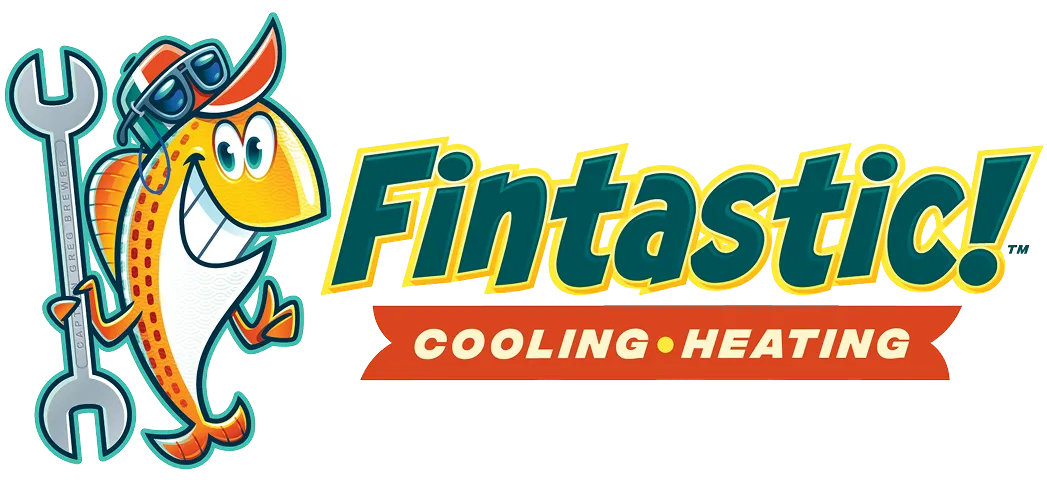Heat Pump Installation in Memorial Village, TX
Memorial Village heat pump installation guides homeowners through choosing the right system, from air-source, ductless mini-split, hybrid, to geothermal. It emphasizes accurate site assessment, manual J/D load calculations, ductwork and electrical coordination, permitting, and a detailed step-by-step installation and commissioning process. The page covers common local issues, start-up testing, homeowner orientation, and seasonal maintenance. Benefits highlighted include year-round comfort, energy efficiency, improved humidity control, and longer equipment life when professionally installed and properly maintained. This page also outlines warranty needs and the importance of timely tune-ups.

Heat Pump Installation in Memorial Village, TX
Installing a heat pump in Memorial Village, TX brings year-round comfort while improving efficiency compared with older electric resistance or aging split systems. With hot, humid summers and mild winters, Memorial Village homes benefit from properly sized, well-installed heat pumps that manage cooling load and humidity effectively. This page outlines the complete heat pump installation process — from site assessment and load calculations to commissioning, homeowner orientation, and long-term maintenance — so you know exactly what to expect.
Why a heat pump makes sense in Memorial Village, TX
- Efficient cooling in high humidity, with modern units offering high SEER ratings and variable-speed compressors to reduce runtime and improve dehumidification.
- Reliable heating during mild winters without the higher cost or footprint of a furnace.
- Ductless or ducted options can fit older Memorial Village homes where ductwork is limited or where room-by-room control is preferred.
- Proper installation minimizes common local issues like moisture buildup, short cycling, and uneven cooling across multi-story homes.
Common heat pump issues in Memorial Village, TX
Understanding the typical problems helps prioritize the right installation choices:
- Reduced efficiency from improper sizing or poor airflow.
- Humidity control problems caused by oversized units that short cycle.
- Corrosion and outdoor coil fouling from pollen and airborne particulates.
- Inadequate duct sealing leading to energy loss and uneven temperatures.
- Electrical supply or service panel limitations in older homes.
Types of heat pump systems and choosing the right one
- Air-source heat pump (traditional): Best balance of cost and performance for most Memorial Village homes. Look for high SEER and HSPF ratings and inverter-driven compressors for better humidity control.
- Ductless mini-split: Ideal for homes without ductwork or for additions and room-by-room temperature control. Efficient and minimally invasive to install.
- Hybrid system: Combines a heat pump with a gas furnace for properties that need supplemental heat during cold snaps.
- Geothermal: Highest efficiency but requires yard space and higher upfront cost; suitable where long-term savings and site conditions allow.
Selecting the right system depends on house size, existing ductwork, insulation, and homeowner priorities like energy savings, quiet operation, and humidity control.
Site assessment and load calculations
A thorough site assessment ensures an accurate, durable installation:
- Survey the home layout, insulation levels, window types, shading, attic ventilation, and existing ductwork condition.
- Perform Manual J load calculations to size the system correctly. Proper sizing prevents short cycling and poor humidity control common in this climate.
- If ducts exist, perform Manual D to design or verify ductwork sizing and airflow.
- Assess electrical capacity and panel requirements for the selected model.This data-driven approach avoids oversizing and aligns system performance with Memorial Village climate demands.
Ductwork and electrical coordination
- Ductwork: Repair, seal, and insulate existing ducts if needed. For new ducts, design for balanced airflow, minimal runs, and return pathways to avoid pressure imbalances.
- Electrical: Coordinate with a licensed electrician to ensure circuit capacity, proper disconnects, and surge protection. Modern heat pumps often require dedicated breakers and, in some cases, service panel upgrades.
- Indoor-outdoor placement: Place the outdoor unit where airflow is unobstructed, on a solid pad above potential standing water, and away from landscaped areas that restrict airflow.
Permitting and code compliance
- Obtain required permits from Memorial Village or Harris County building departments. Permits ensure work meets local building and safety codes.
- Installations must follow manufacturer guidelines, local electrical codes, and applicable energy codes for efficiency and safety.
- Proper permits protect warranty coverage and ensure that the installation passes inspection, avoiding costly post-install corrections.
Step-by-step installation and commissioning
- Pre-install planning: Confirm equipment model, refrigerant type, and site access. Verify load calculation and duct/electrical readiness.
- Equipment placement: Set the outdoor unit on a level pad; install the indoor air handler or heads in locations optimized for airflow and access.
- Refrigerant piping and connections: Run linesets with proper insulation and slope; brazing and leak testing follow industry best practices.
- Duct and grille work: Connect units to ductwork or mount ductless heads and condensate lines; ensure proper airflow direction.
- Electrical connections: Install breakers, disconnects, control wiring, and safety devices per code.
- Vacuum and charge: Evacuate the refrigerant lines to remove moisture and air, then charge according to manufacturer specifications if required.
- System startup and tuning: Power up, set controls, and adjust airflow and refrigerant charge for peak efficiency.
Start-up testing and homeowner orientation
- Performance testing: Measure temperatures, amp draws, refrigerant pressures, and airflow to validate operation against design targets.
- Humidity and short cycling checks: Ensure the system maintains acceptable humidity and cycles appropriately in Memorial Village conditions.
- Orientation: Provide clear guidance on thermostat programming, filter replacement, zoned control use, and simple troubleshooting steps.
- Documentation: Leave equipment manuals, warranty information, and maintenance schedules for homeowner reference.
Warranty, maintenance, and seasonal care
- Warranty: Confirm manufacturer warranties and any workmanship guarantees. Proper permitting and professional installation are typically required to preserve coverage.
- Routine maintenance recommendations:
- Replace or clean filters every 1-3 months depending on use and indoor air quality.
- Keep the outdoor unit free of debris, foliage, and lawn clippings.
- Schedule annual tune-ups before peak cooling season for coil cleaning, refrigerant checks, and electrical inspections.
- Inspect ductwork and seals every few years or if performance drops.
- Address refrigerant leaks and unusual noises promptly to avoid efficiency loss or compressor failure.
Long-term benefits of professional installation in Memorial Village, TX
A professionally installed heat pump delivers stable indoor comfort, better humidity control during hot summers, and energy savings over the life of the system. Accurate sizing, attention to ductwork and electrical coordination, and compliance with local permitting make the difference between a short-term fix and a reliable, efficient system that performs well in Memorial Village conditions. Regular maintenance protects warranties and extends equipment life, keeping your home comfortable year after year.
Customer Testimonials
Our customers praise our exceptional service and attention to detail, consistently exceeding expectations.































































